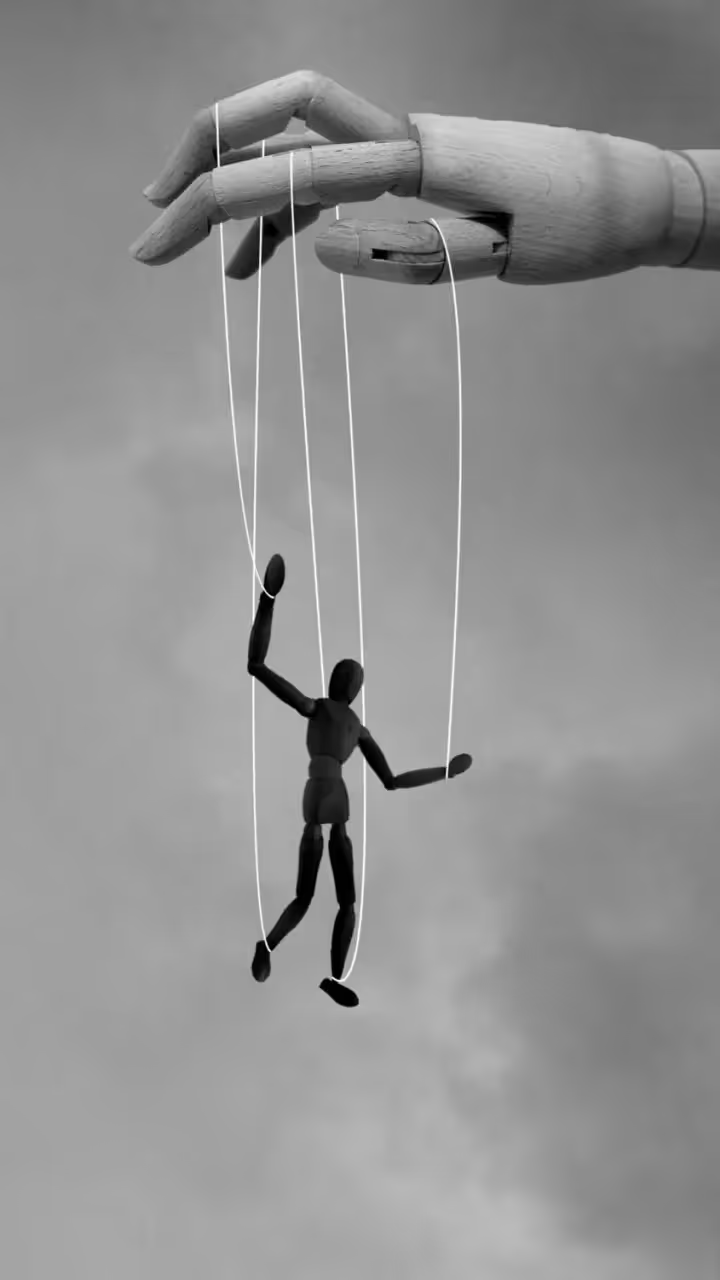IntroductionThe narcissistic abuse cycle is a vicious and damaging pattern of behavior that is all too common in relationships where one partner is a...

The narcissistic abuse cycle is a vicious and damaging pattern of behavior that is all too common in relationships where one partner is a narcissist. This cycle can be difficult to break free from, but it is possible with the right help and support. It's important to recognize the signs of the narcissistic abuse cycle so that you can understand what is happening in your relationship and take steps to protect yourself. Understanding the Narcissistic Abuse Cycle is crucial as it provides insight into the patterns of an abusive relationship marked by emotional and psychological abuse. By recognizing these patterns, individuals are better equipped to seek help and navigate their path towards narcissistic abuse recovery. Let's take a closer look at the narcissistic abuse cycle and try to understand further.
The narcissistic abuse cycle is a pattern of behavior that is common in relationships where one partner is a narcissist. This cycle can be difficult to break free from, but it is possible with the right help and support. It typically consists of phases: idealization, devaluation, discarding and hoovering.
In the idealization phase, the narcissist puts their partner on a pedestal and worships them. They will make them feel like they are the most special and important person in the world. This can be a very intoxicating feeling, and it is often what keeps people in the relationship despite the red flags that may be present.
However, the idealization phase will not last forever. Eventually, the narcissist will begin to devalue their partner. They may start to nitpick at them and find fault in everything they do.
Some examples are:
They may also begin to withdraw their affection and love. This can be a very confusing and painful experience for the victim as they try to figure out what they did wrong.

The final phase of the narcissistic abuse cycle is discarding. This is when the narcissist completely breaks off the relationship and leaves their partner feeling worthless and abandoned.
Examples of how this can look are:
They may do this abruptly or they may gradually withdraw over time. Either way, the victim is left feeling confused, hurt, and alone.
After the relationship has ended, the narcissist may try to hover their victim back into the relationship. They may do this by reaching out and being overly charming or loving. This can be a very confusing and difficult experience for the victim, as they may still have feelings for the narcissist.
Some examples of how this looks are:
It is important to remember that the narcissist is only doing this because they want something from you, and they will eventually move on to someone else once they have what they want.

Narcissistic abuse occurs when a person with narcissistic traits engages in abusive behavior within a relationship, often leading to a toxic dynamic that can be harmful to the victim's self-esteem and overall well-being.
This form of abuse can manifest in various ways but are not limited to the following.
Recognizing these warning signs is crucial in identifying a narcissistic relationship. If you or someone you know is experiencing these signs, consider reaching out to a licensed therapist or contacting the National Domestic Violence Hotline - 800-799-7233. A healthy relationship should never involve abusive behaviors, and everyone deserves respect and kindness.
This can have a devastating effect on the victim. It can cause them to doubt themselves, their worthiness, and their sanity. They may feel like they are never good enough and that they will never be loved.
Some examples of how this looks are:
This can lead to a spiraling of negative emotions such as shame, guilt, and self-loathing. The victim may also develop anxiety, depression, and post-traumatic stress disorder.
The first step to breaking free from the cycle is to recognize that you are in one. This can be difficult, as the narcissist will have gaslighted you into thinking that it is all your fault. However, once you realize what is happening, you can begin to take steps to change the dynamic of the relationship.
One step is to establish boundaries with the narcissist. This means setting clear limits on what you will and will not tolerate from them. It is important to be assertive in this, as the narcissist will try to push your boundaries. You may need to get help from a friend or family member to do this.
You may need to seek professional help to break free. This is because it can be difficult to do on your own. A therapist can help you to understand what is happening and why, and they can provide you with the support and tools you need to change the dynamic of the relationship. You can find great help online in telehealth therapy options with narcissistic abuse counselors.
This information in this article should be used only for informational purposes. This content should not be a substitute for official medical advice. If you need help please talk to a licensed professional, such as a therapist or doctor. They can help you get the tools you need to navigate your mental health journey.
The narcissistic abuse cycle is a destructive pattern of behavior that can have a devastating effect on the victim. If you think you may be in a relationship with a narcissist, it is important to seek professional help to learn how to best protect yourself and break free from the cycle. Awareness about this cycle is vital for mental health professionals in providing appropriate support and therapeutic interventions. In addition, learning about the narcissistic abuse cycle can contribute to broader societal understanding of mental health issues, thereby reducing stigma and promoting empathetic responses towards victims.
Narcissistic abuse can have a significant impact on a person's mental health, often leading to issues such as low self-esteem, anxiety, and depression. Victims may feel constantly belittled, manipulated, and unvalued.
A narcissist is someone who has an inflated sense of self-importance and a need for attention and admiration. They may be very charming and charismatic, but they also tend to be manipulative and abusive.
Dealing with a narcissistic sibling can be challenging. Setting healthy boundaries is essential to protect your self-esteem and mental health. Don't feed into their need for attention and avoid engaging in their manipulation tactics. It's also beneficial to seek professional help to navigate these complex family relationships.
According to research, narcissistic personality disorder (NPD) is found in approximately 4.8% of females.
While it's possible for a narcissist to feel remorse, it's not typically associated with their behavior. Due to their inflated sense of self and lack of empathy, narcissists may not feel guilty after cheating. Instead, they might use manipulation tactics, or other forms of narcissistic abuse, to justify their actions or shift the blame onto others.
Narcissistic traits that may lead to cheating include an exaggerated sense of self-importance, a lack of empathy for others, a need for constant admiration, and poor impulse control. These individuals may feel entitled to pursue other relationships without considering the feelings of their current partner.